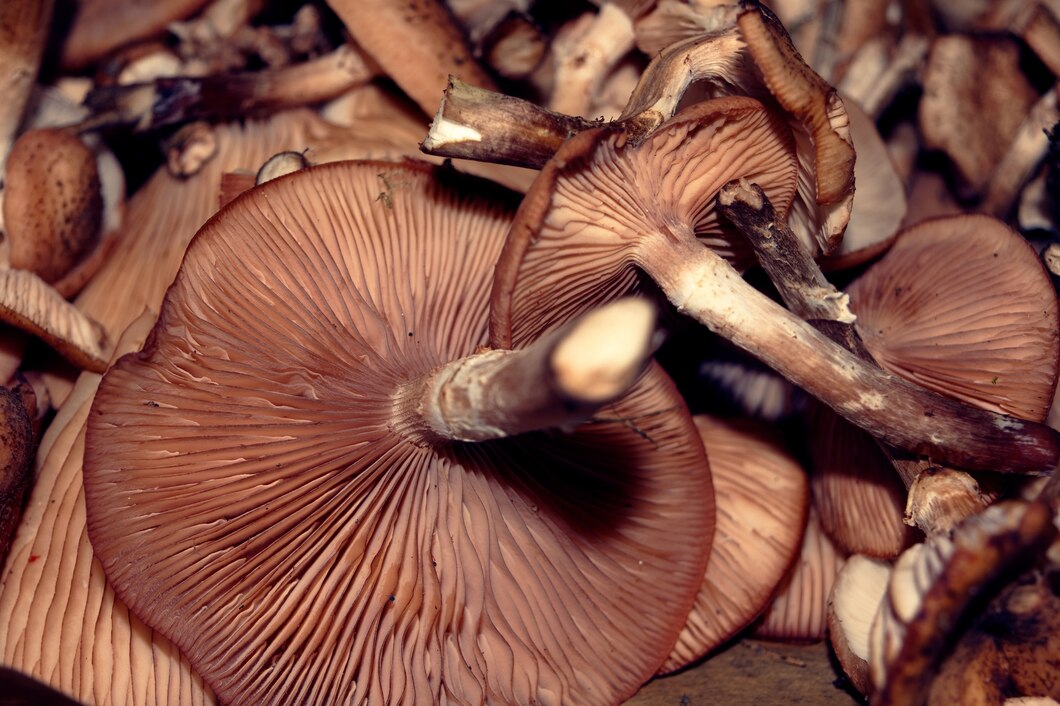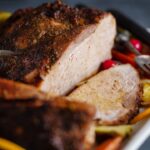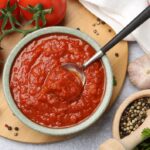While fresh, raw foods are often considered healthier due to their nutrient content, not all foods are safe to consume without cooking. Some contain naturally occurring toxins or harmful bacteria that can lead to serious health issues if eaten raw. Below is a list of 10 foods that can be poisonous or dangerous when consumed in their raw state.
1. Kidney Beans
- Raw kidney beans contain a toxin called phytohaemagglutinin, which can cause severe stomach pain, vomiting, and diarrhea. Even a small amount of raw or undercooked kidney beans can cause symptoms. Cooking kidney beans thoroughly destroys the toxin.
2. Cassava
- Cassava, also known as yuca or manioc, is a root vegetable popular in many parts of the world. However, raw cassava contains cyanogenic glycosides, which can release cyanide when eaten. Properly peeling, soaking, and cooking cassava removes the toxins.
3. Rhubarb Leaves
- While rhubarb stalks are commonly used in desserts, the leaves contain oxalic acid and anthraquinone glycosides, which are highly toxic. Consuming rhubarb leaves can lead to difficulty breathing, seizures, and even kidney failure.
4. Elderberries
- Elderberries are often used in jams, syrups, and wines, but the raw berries, as well as the seeds, leaves, and bark, contain cyanogenic glycosides. Eating raw elderberries can cause nausea, vomiting, and diarrhea. Cooking the berries neutralizes the toxins.
5. Potatoes
- Raw potatoes contain solanine, a natural toxin that can cause nausea, headaches, and neurological problems if ingested in large amounts. Solanine is particularly concentrated in green potatoes and potato sprouts. Cooking potatoes reduces solanine levels.
6. Red Kidney Beans
- Similar to their white counterparts, red kidney beans are also high in phytohaemagglutinin. Just a handful of raw or undercooked red kidney beans can lead to severe food poisoning. Boiling them thoroughly is essential to make them safe for consumption.
7. Bitter Almonds
- Bitter almonds contain amygdalin, which can convert into cyanide when eaten raw. Even a small number of bitter almonds can cause cyanide poisoning, which is potentially fatal. Sweet almonds, however, are safe to eat raw.
8. Fugu (Pufferfish)
- The pufferfish, or fugu, is a delicacy in Japan, but it contains a deadly toxin called tetrodotoxin. This toxin is found in the liver, ovaries, and skin of the fish and can cause paralysis and death. Only specially trained chefs are allowed to prepare fugu to ensure it is safe to eat, and it should never be consumed raw by untrained individuals.
9. Wild Mushrooms
- While many mushrooms are edible, some wild varieties are highly toxic and can be deadly if eaten raw. For example, the death cap mushroom contains amatoxins, which cause liver and kidney failure. It’s important to be absolutely sure of a mushroom’s identity before consuming it, and even then, cooking is often recommended.
10. Honey
- Raw honey can contain spores of Clostridium botulinum, the bacteria responsible for botulism. While adults are generally resistant to these spores, infants and people with weakened immune systems can be at risk. Pasteurization eliminates the spores, making honey safe to eat.
While some foods are safe and even beneficial when eaten raw, others can pose serious health risks. It’s crucial to be informed about which foods require cooking to neutralize toxins or harmful bacteria. When in doubt, cooking your food thoroughly is the safest option. Always consult reliable sources or professionals if you’re unsure about the safety of consuming a particular food in its raw form.








